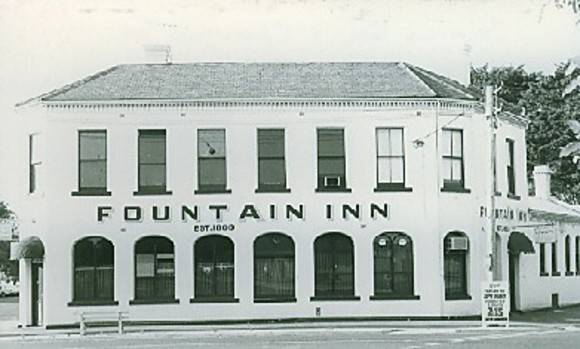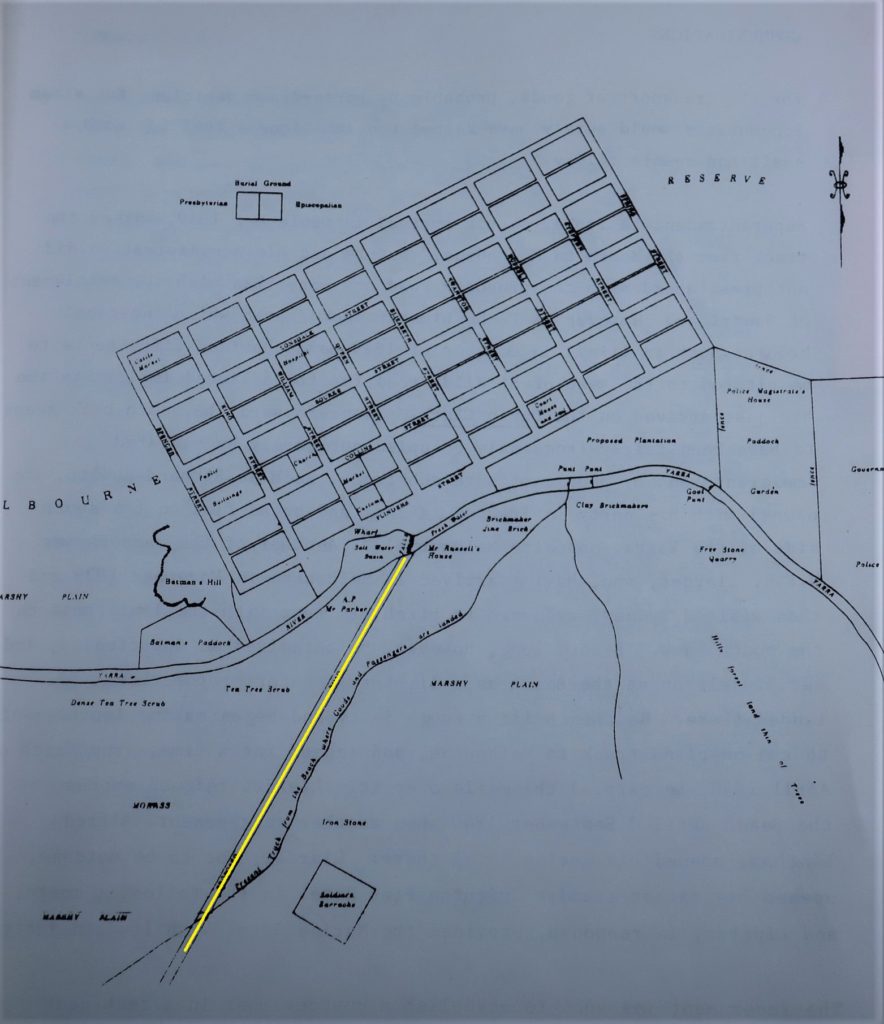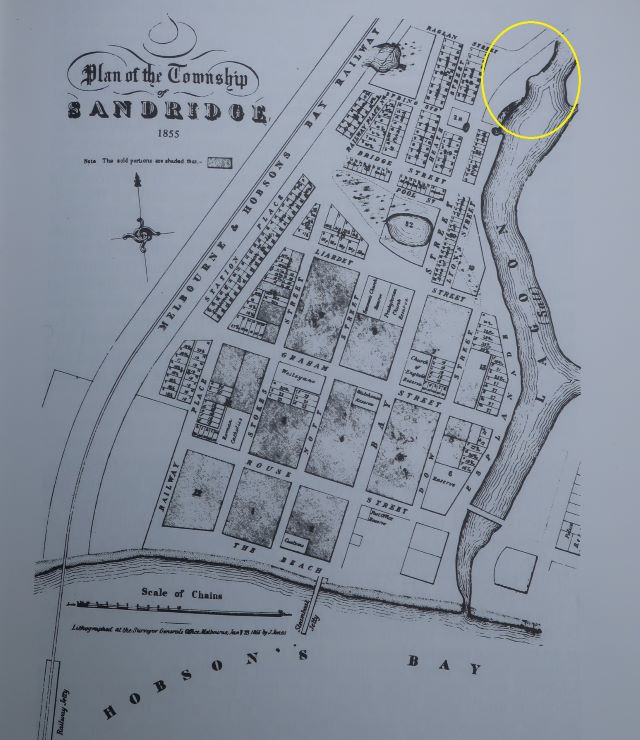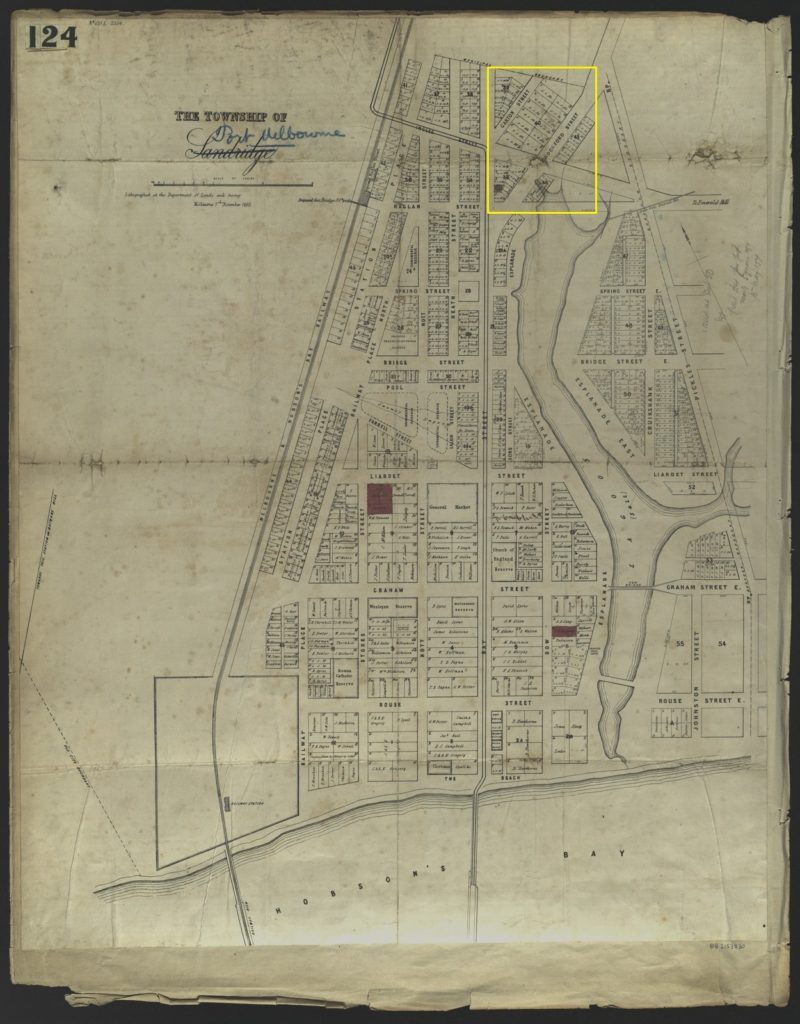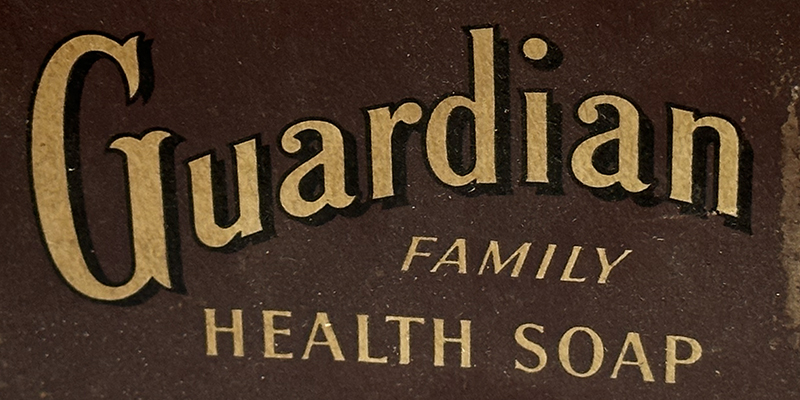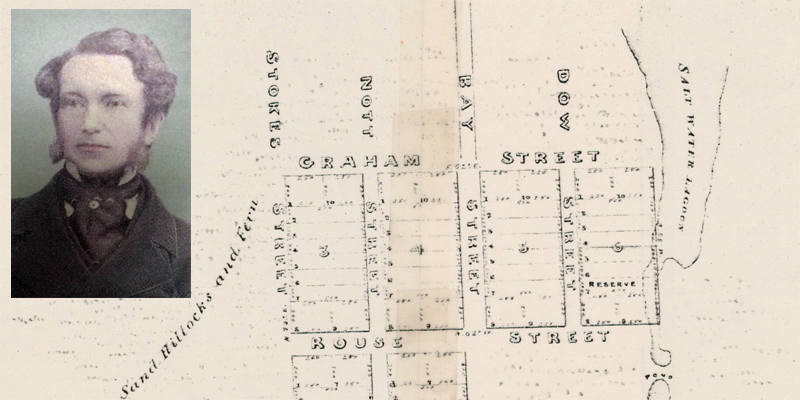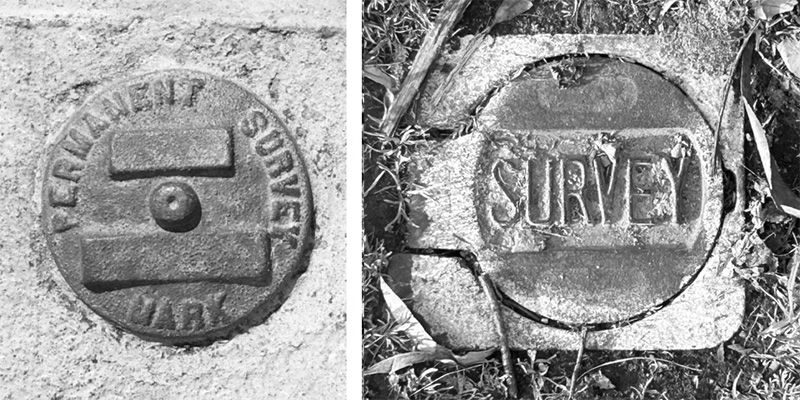Crockford Street
Crockford St is more of a street section than a street in its own right, connecting Bay St to City Rd. It runs for a mere 300 metres between Raglan St and Boundary St.
Marking the place where Bay St and Crockford St divide is the Fountain Inn at 1 Crockford St.
Brothers John Edward and Edward James Crockford were wine and spirit merchants and publicans. J E Crockford built the Fountain Inn (now the Cornerstone) in 1861 while E J Crockford built Chequers Inn (now the Bay & Bridge) around the same time, receiving a license in 1859.
Before Sandridge became a municipality in 1860, J E Crockford served as a councillor for the MacArthur ward of Melbourne. It seems that Crockford had somewhat divided loyalties in the campaign for an independent municipality at Sandridge. He tried to persuade people that Sandridge was potentially better off with Melbourne since they raised more revenue. However, residents of Sandridge wanted assurances that rates raised in their area were spent in their area – a sentiment shared by many ratepayers today.
E J Crockford later served as a councillor of the Borough of Sandridge between August 1865 and and August 1870.
In an 1839 survey, Robert Hoddle drew a road in a straight line to the Falls, now Queens Bridge. At that time, of course, there was no bridge across the Yarra River in that place. He compared and contrasted it with the more meandering ‘track along which goods and passengers are landed’.
That plan was later discarded but ‘as he was not prepared to abandon his survey of the blocks in what is now Port Melbourne, the newly aligned road joined the old survey with a kink which is the Crockford St of today1. The precise date of this line is not clear, but it was between 1839 and 1842.
The as yet unmade, un-named street is shown in the 1855 Plan of the Township of Sandridge following the curve of the northern most part of the lagoon.
By 1860, Crockford St is named in this signature map of Sandridge, which so beautifully captures the shape of the municipality at that time sandwiched between the Railway Line and the Sandridge Lagoon.
The Crockford family’s influence in Port Melbourne continued. Edward Charles Crockford served for 18 years as the second Town Clerk between 1892 and 1910. He lived at 40 Crockford St between 1891 and 1895 and then at 74 Crockford St until 1910.
Throughout his service as Town Clerk, Crockford kept a scrapbook where he pasted news clippings on all the issues of the day: the straight cut, the Lagoon question, the sand issue being among the most frequently mentioned.
He subsequently served for a further 26 years as Town Clerk of South Melbourne from 1910 to 1936. He died in office.
And yes, the name Edward was clearly significant to the Crockford family as yet another Edward, E C Crockford’s son, Edward Clifford Howson, was killed in action in France in August 1918.
It remains unclear exactly why this section of street came to bear Crockford’s name, even though it has become clearer when it was named – between 1855 and 1860. Was the naming more to do with the prominence of the Fountain Inn or the commercial and civic contribution of John Edward Crockford?
It would be great to hear your thoughts.
Sources
1Miles Lewis An Industrial Seed-Bed, Volume 2 of the South Bank Architectural and Historical Study. April 1983
(updated following contributions from Alan Payne in August 2022)

